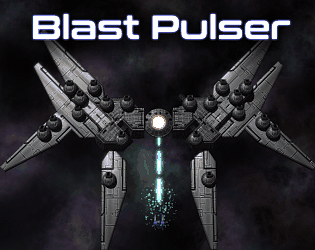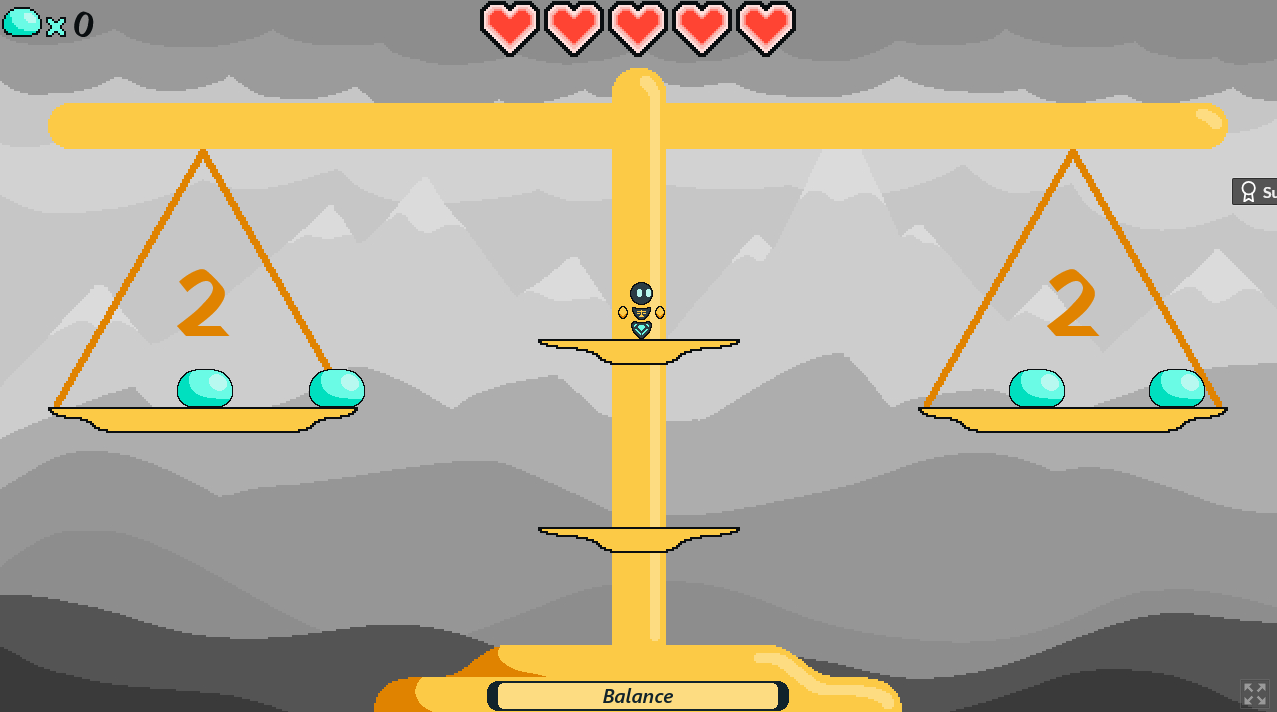Mashing up Serious Sam's Arena Shooter gameplay with Doom's oldschool sprite-based graphics is an interesting design choice. (Then again, after playing it, I feel like maybe your influence was more along the lines of Devil Daggers?)
Either way, the aiming didn't suffer nearly as much as I would have expected, from the shift from mesh-based enemies to sprite-based ones. (probably because I was constantly running backwards?) Collision with trees and such was annoying, but I got used to sliding past them, after a while.
What I couldn't get used to was the slow attack speeds. I highly suggest removing or shrinking the gun smoke, and reducing the time between shots and melee attacks. You have tons of enemies, so this Dark Souls attack speed makes no sense.
Just as I was starting to think maybe this was Vampire Survivors in 3D (but with no weapon upgrades,) I backpeddled over the edge of the map into oblivion. You don't need to make the ground loop forever, if that's too difficult for you, but at least put a solid wall of some sort at the edge there so the player doesn't automatically die.
Good luck developing this concept further. It occupies an unusual place between oldschool and modern FPS sensibilities. There's definitely potential, here.
Also, excellent use of color! 👍



